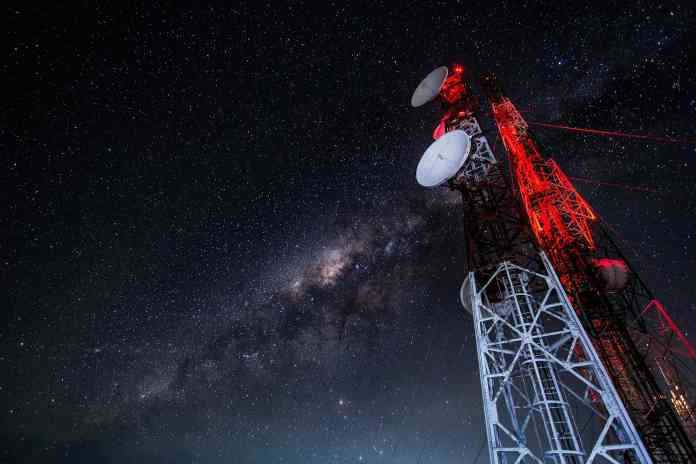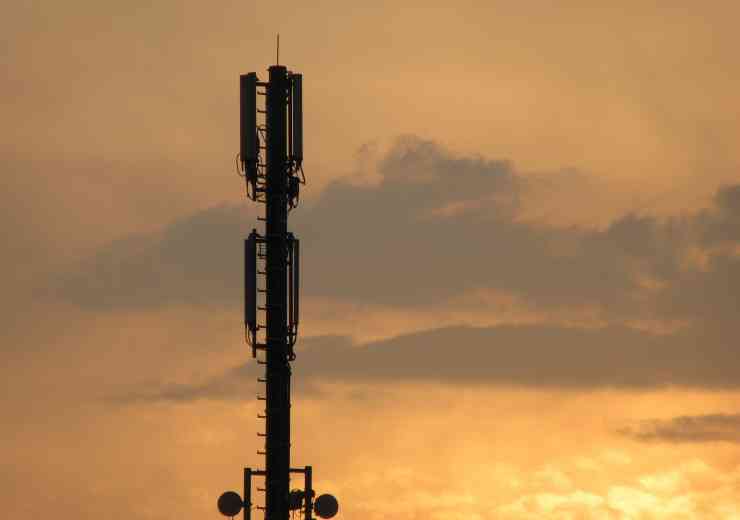
Future of resilience in communications
The critical communications sector needs to provide new solutions and technologies that not only meet existing challenges posed by emergency situations, but can also be integrated
into existing technologies as well. Our panel of experts explore the extent to which blended communications are the future of resilience in communications
The development of the terrorist threat over the last few years, never mind the last couple of decades, has meant that security services and emergency responders must be prepared to deter and react to a number of differing threats from a number of differing places.
Since 9/11, the UK government and international security departments have had to contend with weapons of mass destruction, a concerning rise in cyber attacks, the possibility of biohazard airborne attacks and, most recently, vehicular attacks from home grown radicals.
In fact, using 9/11 as our example, an excerpt from the 9/11 Commission Report highlighted the damage of not having an emergency communications protocol in place. It said: “Effective decision-making in New York was hampered by problems in command and control in internal communications… The Port Authority’s response was hampered by the lack both of standard operating procedures and of radios capable of enabling multiple commands to respond to an incident in unified fashion.”
Closer to home, Inspector Simon Davies of the Greater Manchester Police and the North West Counter Terrorism Unit gave a presentation at a BAPCO event in Newcastle on the work he and colleagues completed as Airwave Tactical Advisors following the bombing of the Manchester Arena on 22 May 2017 which killed 22 people. The audience sat in near silence as he talked about the issues of the operation which lasted weeks, rather than the days most of us would think about. There was no doubt that communications were vital to all of those agencies involved and to ongoing public safety.
As important as providing the right equipment to allow responders to do their job, is providing the right systems and assistance to allow them to communicate. In this day and age that starts with the first person to report an incident, usually a member of the public, rather than after a control room has received a call and dispatched resources.
The ability to collect, interpret and share the information provided by a caller already at the scene can be vital in providing the best and most appropriate response to an incident. By harnessing the technology carried by most members of the public, emergency services can get ahead of the game in their response times and actions. Ask once, record properly and share as often as necessary has to be a requirement of really working together and providing the best response.
Yet while steps have been taken to increase preparedness against these attacks in the last 15 years, with the recent Budget announcing an extra £160 million on counter terror policing next year and expensive and protective measures being implemented for President Donald Trump’s Summer visit, how much attention is being given to the glue that holds preparedness and response together: communications?
Connected communications
As we become more connected – so do our lives and daily routines. In 1987 the means of communication was limited to landlines, analogue CCTV, limited data over command systems and analogue duplex radio. Today, how would you manage to get through a typical day without your mobile phone for example? It seems almost impossible when you consider its use for making calls, social media, getting directions or even adjusting the temperature of your home. It is clear that we are more efficient when we are connected and the same applies to responders in the field – by being able to carry out important tasks remotely, responders reduce duplicating efforts and workflow inefficiencies.
The fluctuating availability of terrestrial networks poses a serious challenge for responders trying to access and share reliable content remotely and can often become unusable in situations when it matters most. Lessons learned show that communication plays a significant role in the outcome of an event and due to the unpredictable nature of responses, terrestrial networks should not be solely relied upon.
Emergency Responders need a variety of solutions to ensure maximum resilience so that operational assets are fit for purpose. A resilient and private data network over multiple bearers, such as 3G, 4G, LTE, COFDM and Satellite, ensures that responders are able to share time-critical data, video and voice securely in all environments. This includes instances when terrestrial networks are congested, under threat or suffering from disruption.
The public expect their services to be using at least the same technology as them and the best available. Broadband is the new expectation. 4G and even 5G are the new buzzwords along with LTE. It’s no longer enough just to talk to pass information, it’s vital to be able to share data and to share it immediately. Public safety communications and technology is following what is available to the public and to business. There is a move away from the ‘old’ radio systems to the ‘new’ communication systems.
The UK is at the forefront of implementing the new technology. The government’s Emergency Services Mobile Communications Programme (ESMCP) will deliver a new Emergency Services Network (ESN) using the same technology we are all familiar with for our mobile phones and based on a commercial, rather than a bespoke, network provided by a commercial partner.
Expert in radio communications, Nick Paris says that combining ‘broadband’ communication methods, including the aforementioned Wi-Fi, 4G and LTE, with a traditional radio is an exciting proposition. Whilst two-way radio is highly resilient and reliable, its limitation is that it only allows a limited amount of data to be transmitted to the device making transmission of photos, videos or large amounts of information out of the question. Adding broadband capability into the device breaks down this barrier, and opens up many more possibilities.
The next evolution in radio is the arrival of LTE, or PTT-over-cellular, devices. Instead of using traditional RF radio to talk to other users, these devices communicate to a server in a data centre over Wi-Fi or a 4G/LTE network. This will mean that traditional radio coverage constraints no longer exist, whilst also opening up the possibilities for convergence with other platforms, applications and systems.
The Internet of Things
Information and data are the lifeline of any organisation. If not available, and shared freely, responders in the field will struggle to collaborate with one another as well as other responding agencies. The growth of IoT (Internet of Things) represents our increasing ability to share information globally. By sharing data between vehicles, assets and people, the most up-to-date, accurate information is readily available for continuity of knowledge and shared situational awareness.
The convergence of IoT and incident response enables a fully connected incident ground with any number of integrated ‘smart’ technologies. With a resilient and secure communications infrastructure in place, responders are able to monitor the unfolding situation and share those insights in real-time with commanders whether they are in the field, on-board a command and control unit or back at headquarters. Current applications include mapping, command software, vital signs monitoring, access to the cloud, video streaming and more.
In order to evolve into a new efficient digitally enabled organisation, learning from past events, analysing the current capability and staying tuned into current developments are effective methods for carrying out a true gap analysis and needs assessment. True digital transformation can only happen when a clear understanding of what your organisation and most importantly the people you serve expect today and will expect in the future.
digital issue




















